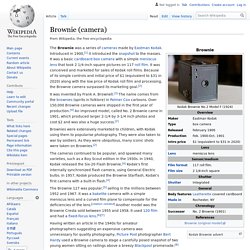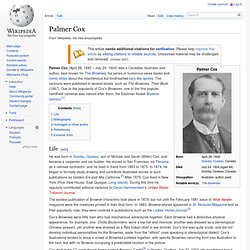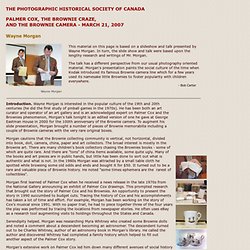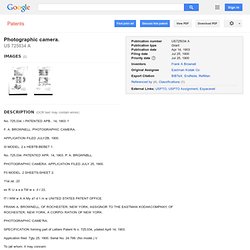

Play: The Term of the Decade. Historians have debated whether a unified progressive reform movement existed during the decades surrounding the turn of the twentieth century.

While some scholars have doubted the development of a cohesive progressive project, others have argued that while Progressive Era reformers did not march in lockstep, they did draw from a common reform discourse that connected their separate agendas in spirit, if not in kind. Despite these scholarly debates, historians of education have reached a consensus on the central importance of the Progressive Era and the educational reformers who shaped it during the early twentieth century.
This is not to say that historians of education do not disagree–in fact, they disagree intensely–on the legacy of Progressive educational experiments. Philosophical Foundations John Dewey (1859–1952), who would later be remembered as the "father of Progressive education," was the most eloquent and arguably most influential figure in educational Progressivism.
Posed Children, pre-Brownie. Mother Hubbard Posted by Maureen Last week I featured Judy Linnebach's picture of a 19th-century couple and their triplets. If you have a photo of a pre-1900 set of triplets, I'd love to post it in this space. Just about everyone who commented mentioned a multiple birth in their family. I can't wait to see the photos—you can e-mail them to me . Here's the rest of the story about Judy's photo. Brownie, the basics. No. 2 Folding Autographic Brownie 1915–26) Beau Brownie camera (1930–33) Hawkeye Brownie Flash Model (1950–61) Brownie Flash III (1957–60) Young photographer using a Brownie 127.

Ebay as a site for research? The Brownie Camera @ 100: A Celebration. Camera Magic (1961) THE BROWNIE CAMERA PAGE. Exploded Brownie Camera. Brownie, a Folklore Figure. Palmer Cox. Life[edit] He was born in Granby, Quebec, son of Michael and Sarah (Miller) Cox, and became a carpenter and car builder.

He moved to San Francisco via Panama as a railroad contractor, and he lived in there from 1863 to 1875. In 1874, he began to formally study drawing and contribute illustrated stories to such publications as Golden Era and Alta California.[2] After 1875, Cox lived in New York (Pine View House, East Quogue, Long Island). During this time he regularly contributed editorial cartoons to Oscar Hammerstein's United States Tobacco Journal. The earliest publication of Brownie characters took place in 1879, but not until the February 1881 issue of Wide Awake magazine were the creatures printed in their final form. Cox's Brownies were little men who had mischievous adventures together.
Palmer Cox. Palmer Cox, the Brownie Craze, and the Brownie Camera - March 21, 2007. Copyright and Licensing.

Cox was a bridge between 19th century attitudes on licensing and the modern age in his efforts to protect his work. Today, licences often bring in the most profit. Mira Whitney was looking for a replacement for her Owl Christmas ornaments when the first Brownies book came out. A CORPO - Google Patent Search. No. 725,034. i PATENTED APB.. 14, 1903. f I0 MODEL. 2 s HEBTB-BEBET 1.

No. 725,034. PATENTED APR. 14, 1903. P. A. 11a/,az ,22 ev R IJ a a a TM w s .Il r 23, The Living Image Virtual Vintage and Classic Camera Museum. Is Photography Over? Overview.

2012 Olympic Kodak Brownie Camera. Kodak Brownie Revived For The 2012 Olympics Reviving the Kodak Brownie for the future Olympics is quite exciting and traditional, since Brownies were often made to commemorate events and anniversaries. Just to skim through a few details: this 2012 Olympic Kodak Brownie has been modeled as a ‘box Brownie’; specifically the Brownie Flash 3 from 1962. Proportionate to the Flash 3, the new avatar is 66% of the scale, representing the tech advances made since the original was discontinued.Key features include: The ‘triple-lens’ design with one main aperture and two viewfinder apertures.One simple shutter button with no other controlsA disproportionally large flash.A decorated front.A fold up sports viewfinder.
50 Vintage Camera Ads - Part 2. By amanda Tue, 10/06/2009 - 09:46 The time has come for part two!

I should probably apologize for the predominantly vintage articles I've been posting lately, but seriously... can you ever really get enough of vintage?